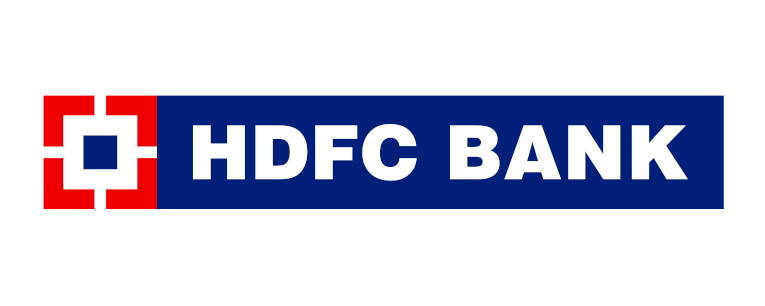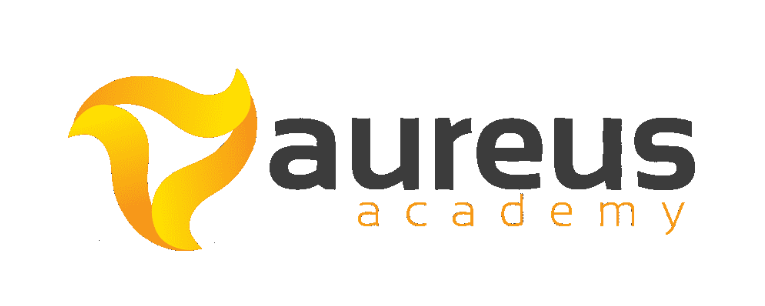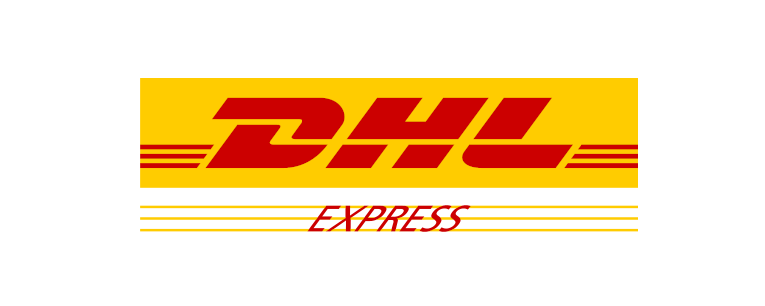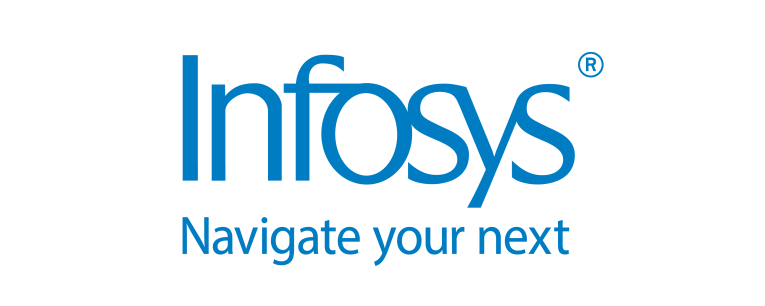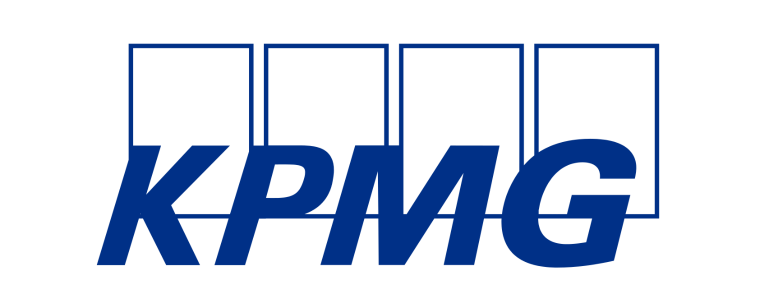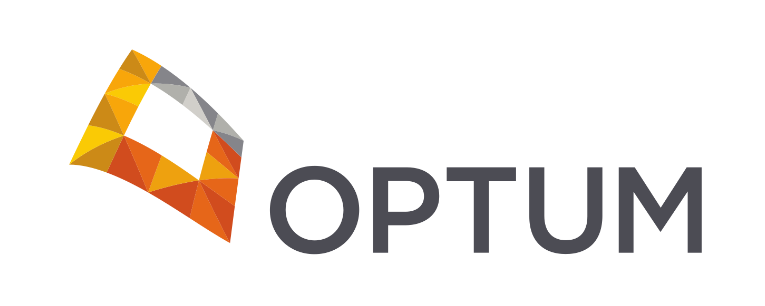Get Started Towards Your Career Growth
Key Highlights
-
 06 Months Program Duration
06 Months Program Duration -
 Live Classes Program Delivery
Live Classes Program Delivery -
 400+ Recruitment Partners
400+ Recruitment Partners -
 60% Average Salary Hike
60% Average Salary Hike -
 100% Placements Guaranteed
100% Placements Guaranteed -
 5000+ Support Assistance
5000+ Support Assistance -
 Industry Specialised Mentors
Industry Specialised Mentors
What's in it for Me?
One of the best online Investment Banking Program in India with global recognition. Get trained with highly in-demand tools, techniques & technologies for Investment Banking. Your only responsibility is to learn, we do the rest.
 Learn Job-Relevant Skills
Learn Job-Relevant Skills Learn Live
Learn Live Gain Industry Certifications
Gain Industry Certifications Get Hired
Get Hired
What's this Program About ?

- Practical Learning:
We include trading simulations and case studies to make sure that your learning is practical. - Industry-Aligned Curriculum:
Our investment banking course covers complex securities, derivative products along with their trading lifecycles and functions.

- Learning Management Systems:
We ensure that Learning is not limited even outside of the classroom you are given access to our seamless, online LMS. - Tech-Aided:
The use of internal and external technology allows you to engage with your programwork and keep track of study material.

- Placement Assurance:
Our Placement Team guides you through the placement process by providing industry tips. Their support runs from the start of your resume building till the end of your interview preparation. - Skill Building:
Along with domain-specific knowledge empowerment, we ensure that you will build on soft skills to help you communicate and present your ideas cohesively.
Course Curriculum
The curriculum has been designed by faculty from IIMs and Expert Investment Banking Professionals.
To learn financial modelling and valuation first of all the learner Should have basic knowledge of corporate finance. So, to fulfill this need the “Basics of Finance” module has been designed so that the leaner can grasp the basics and improve understanding of finance.
Introduction to Basics of Finance
- What is Finance?
- Three Important Decisions to be Taken in Financial Management
- Objective of Financial Management
- Time Value of Money.
Most of the financial modelling is based on the three financial statements, Income Statement, Balance Sheet and Cash Flow Statement. This module will introduce the learner to these statements. Also, Ratio Analysis is one of the most used techniques to gauge financial health of the organization. After learning Ratio Analysis, the learner will be able to analyze financial health of any firm.
The Three Financial Statements
Income Statement, Balance Sheet, Cash Flow Statement, Interlinkages between the Three Financial Statements, Explanation of Some Important Accounting Terms: Depreciation, Amortization etc., Types of Revenues, Types of Expenses, Ratio Analysis of Financial Statements, Introduction to Annual Report.
Knowledge of economics (Macro and Micro) is essential for every person who aspires to enter the world of finance. Keeping this in mind, basics of Macroeconomics and Microeconomics will be discussed
Macroeconomics
Concept of Gross Domestic Product, Inflation, Fiscal Policy, Monetary Policy, Importance of Banking & Cash Reserve Ratio & Statutory Liquidity Ratio.
Microeconomics
Concept of Utility, Production function in Short Run and Long Run, Theory of Demand and Supply, Types of Market Structure, Economy, Industry & Company Framework.
- Understanding what investment banking is
- Recognizing the critical role investment banking plays in the capital formation process.
- Discovering how investment banking compares with traditional banking.
- Finding out how investment banking operations make their money.
- Looking at the different types of investment banks and what they do.
This module will help the learner to understand some of the important background knowledge of valuation. The learner will get a taste of the Financial modelling and valuation in this module which will be of immense help in the coming modules.
Basics of Financial Modelling, Philosophical Basis of Valuation, Biases in Valuation, Sources of Uncertainty, Sources of Complexity, Approaches to Valuation: Discounted Cash Flow and Relative Valuation
Performing financial modelling is a skill which is best done in excel. To increase the speed, accuracy and presentability of the financial models basic and advanced knowledge of MS Excel is of paramount importance. So, the sophisticated and basic tools in MS Exel will be explained in this module.
Using Excel
Using keys instead of mouse in excel, Cell Freeze, Row Freeze, Column Freeze, Using conditional formatting, Simple excel formulas as sum, product etc, VlookUp/H look up, CAGR Calculation, Transpose function, Pivot Tables, IRR Calculation, XIRR Calculation, Cell Referencing, EMI calculation, Sum if, Count if, Sumifs, SumProduct Functions, Sensitivity Analysis, Scenario Analysis, Goal Seek, Correlation, Regression, Variance, Index and Match, If and Match, Offset with Choose, XNPV.
- Learn how to create slides, use Themes, and apply colour schemes
- Master how to format text, colours, and bullets
- Create maximum impact slides by inserting and editing pictures in your slides
- Learn how to include transition and animation effects
- organize and manage your slides using PowerPoint’s View options
Discounted Cash Flow method is a very sophisticated method of valuation and learners will be exposed to this method by taking data from a real company.
Understanding DCF Valuation
Introduction, Components of DCF, Estimating Cash Flows, Valuing Firm with DCF, Unlevering Beta and Firm Valuation, Forecasting Cash Flows.
Case Study 1 (a): Valuation of Maruti Suzuki Ltd. using Discounted Cash Flow Method.
Description of the case study: In this case study students will learn how to calculate the enterprise value of Maruti Suzuki using one of the most popular methods of corporate valuation, Discounted Cash Flow (DCF) technique. Students will learn to prepare a forecasted income statement, forecasted balance sheet and forecasted cash flow statement
You cannot use the Discounted Cash Flow technique for valuation without calculating the Cost of Capital. So, learners will be taught to practically calculate the cost of various components of capital like debt and equity.
Introduction, Defining Cost of Capital, Opportunity Cost of Capital, Mode of Financing, Sources of Funds, Cost of Debt, Cost of Debt and Tax Advantage, Determining Cost of Debt, Synthetic Credit Rating, Cost of Equity ke, Weighted Average Cost of Capital.
Case Study 1 (b) Valuation of Maruti Suzuki Ltd. using Discounted Cash Flow Method.
Students will also learn to calculate the Weighted Average Cost of Capital as well which is a key input in DCF valuation. This part will help us in completing the Discounted Cash Flow Module.
Relative Valuation takes into account how the market has valued similar companies to the company we are trying to value. This technique is more market oriented and is widely used in Equity Research and Valuation.
Introduction, Steps in Comparable Analysis, Equity Value, Enterprise Value, EBITDA, Gross Profit Margin, Growth Metric, Credit Profile and Precedent Transaction Analysis.
Case Study 2: Relative valuation of Tata Motors Ltd.
Description of the case study: When there is a need to quickly calculate the value of a company, relative valuation technique is often the first choice. Through this case study students will learn the art of relative valuation in detail.
The present era is the era of startups. Now, you cannot blindly used the valuation techniques like Discounted Cash Flow or Relative Valuation to calculate the value of startups. So, this module will be about how to do financial modelling of a start up and how we can calculate its value.
Introduction, Convertible Debt for Start-Ups, Equity Series Round, Pre- and Post-Money Valuations, Future Dilution, Option Pool, Preferred Stock and Liquidation Preference
Case Study 3: Valuation of Uber: A startup which has made a mark
Description of the case study: Uber, which is one of the most successful start up will be valued in this case study. A startup company has different business dynamics so the valuation method needs to be tailored specifically to value them. This case study will throw light on the right method to calculate the value of a startup.
Merger and Acquisitions are happening very frequently these days as firms join hands or takeover their competitors. The financial modelling of the deal of merger and acquisition will be taught. Also, LBO which is a very unique technique to takeover a company has been used in the past by firms and investors have either made or lost a lot of money as the result of LBO. So, LBO financial modelling will be discussed in which all the important aspects of LBO will be covered.
M&A Valuation and Merger Modelling
Introduction, Purchase Price and Stock Payment, Pro Forma Balance Sheet and Valuation of Target with Multiples.
LBO Valuation and Modelling
Introduction, LBO Economics and LBO Valuation.
Case Study 4: Merger Modelling of Vodafone and Idea Cellular Ltd.
Description of the case study: To combat the threat of Jio, Vodafone and Idea joined hands through merger. All the modelling aspects of this merger will be covered in this case study.
Case Study 5: Leveraged Buyout (LBO) of Hilton Hotels
Description of the case study: Hilton Hotels LBO has gone into the history books as being one of the most successful LBO's in corporate history. This case study will be focused on spreadsheet modelling of the LBO.
- Cash Flow Management
- Raising Capital
- Debt Financing
- Equity Financing
- The sale and Revenue Model
- COGS Model
- Advertising Model
- Cost of sales and Marketing Model
- Cost of Development of Product and making profits
What Can I Become ?
Our Placement partners
Industry Mentor
Learn Investment Banking from Top Experts & Faculties From Different Industries
Success Story
What Our Students have to say?







